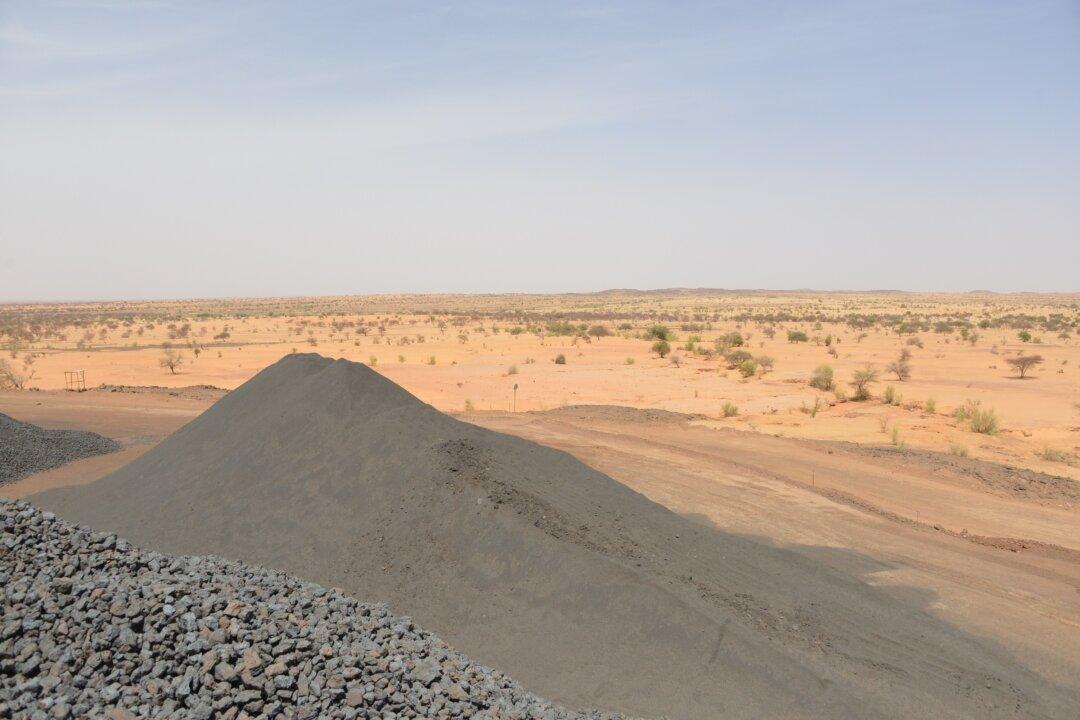Commentary
A few years ago, the city of Chicago was in a state of panic over the supposed public health dangers related to potential exposure to the element manganese. The local media, politicians, and community groups jumped on the exponentially expanding anti-manganese bandwagon with the sort of self-righteous enthusiasm that professor Harold Hill used to combat the evils associated with playing pool.





